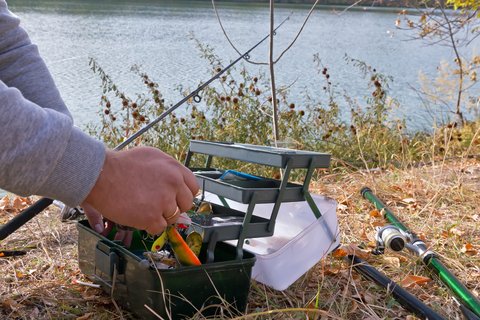Lures often take a beating through catching fish, casting and general abuse, so it is not unusual for your favorite baits to become out of tune. This can lead to performance problems in the way a lure runs in the water.
If a lure is not running the way it should in the water, it could result in fish ignoring your bait. This is why…








